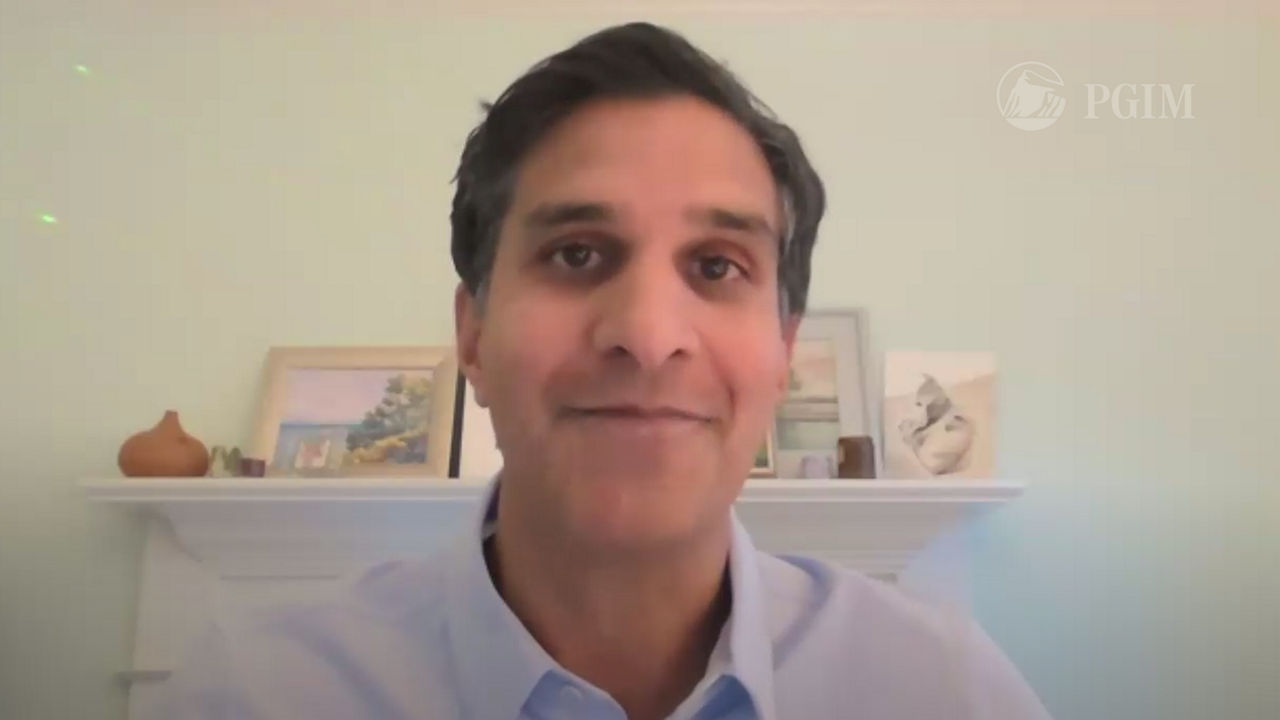(ex-Dubai International Financial Centre (DIFC) and the Abu Dhabi Global Market (ADGM))
If you do not agree with the terms and conditions of this disclaimer or the website, do not utilise the website.
Within the UAE, this website is only accessible in the UAE, excluding the distinct financial services jurisdictions of the financial free zones of the UAE, namely the Dubai International Financial Centre (DIFC) and the Abu Dhabi Global Market (ADGM). This website is only accessible to a limited number of exempt investors who fall under a of the category of “Professional Investor” as defined within SCA Chairman Decision No. (13/RM) of 2021 on the Rulebook of Financial Activities and Mechanisms for Adjusting Positions.
All investments involve risk, including the possible loss of capital.
This website is for informational and educational purposes only and should not be construed as investment advice or an offer or solicitation in respect of any products or services to any persons who are prohibited from receiving such information under the laws applicable to their place of citizenship, domicile or residence.
PGIM is the principal asset management business of Prudential Financial, Inc. (PFI), and a trading name of PGIM, Inc. and its global subsidiaries.
PFI is not affiliated in any manner with Prudential plc, incorporated in the United Kingdom or with Prudential Assurance Company, a subsidiary of M&G plc, incorporated in the United Kingdom.
PGIM, the PGIM logo and Rock design are service marks of PFI and its related entities, registered in many jurisdictions worldwide.
The information contained in this website does not constitute and should not be construed as an offer of, invitation or proposal to make an offer for, recommendation to apply for or an opinion or guidance on a financial product, service and/or strategy. Whilst great care has been taken to ensure that the information contained in this website is accurate, no responsibility can be accepted for any errors, mistakes or omissions or for any action taken in reliance thereon. You may only reproduce, circulate and use this website (or any part of it) with the consent of PGIM.
The information contained in this website is for information purposes only. It is not intended for and should not be distributed to, or relied upon by, members of the public.
The information contained in this website may contain statements that are not purely historical in nature but are “forward-looking statements”. These include, amongst other things, projections, forecasts or estimates of income. These forward-looking statements are based upon certain assumptions, some of which are described in other relevant documents or materials. If you do not understand the contents of these materials, you should consult an authorised financial adviser.
© 2025 Prudential Financial, Inc. and its related entities.





